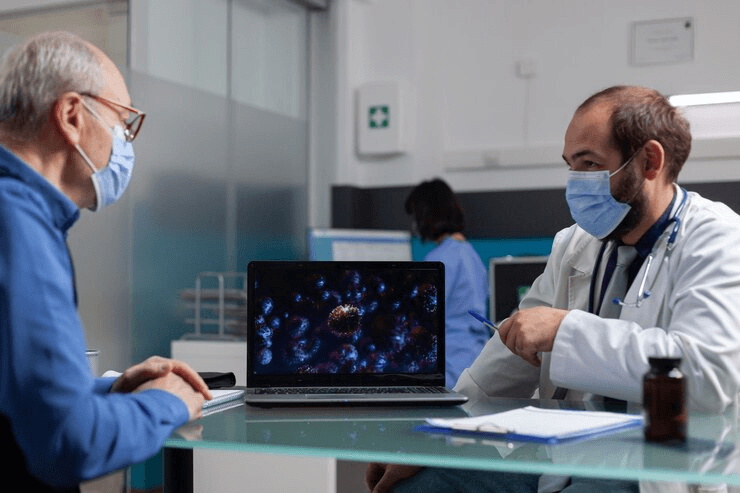
Cancer remains one of the leading causes of mortality worldwide, but with advancements in medical research, it is now possible to reduce cancer risks significantly through preventive oncology and screening programs. Preventive oncology focuses on identifying risk factors, implementing early detection strategies, and reducing cancer incidence through lifestyle changes, medical interventions, and awareness programs. This article explores key aspects of preventive oncology, including cancer risk assessment, genetic counseling, high-risk population screening, and chemoprevention.
Preventive oncology is a specialized branch of medicine dedicated to reducing cancer risk and preventing cancer development. It involves a multidisciplinary approach that includes lifestyle modifications, medical interventions, and early detection through regular screenings. The goal is to detect cancer at its earliest stages or prevent it from occurring altogether.
Cancer risk assessment involves evaluating an individual's likelihood of developing cancer based on personal and family medical history, lifestyle factors, and genetic predispositions. Genetic counseling plays a crucial role in identifying hereditary cancer syndromes and guiding individuals on preventive measures.
Cancer screening programs aim to detect cancer at an early, more treatable stage. High-risk populations—individuals with genetic predisposition, family history, or exposure to carcinogens—benefit the most from regular screenings.
Mammography is a widely used screening tool for early detection of breast cancer. Women, especially those with a family history of breast cancer or carrying BRCA mutations, are advised to undergo regular mammograms. Early detection through mammography significantly increases survival rates and allows for less aggressive treatment options.
Human Papillomavirus (HPV) screening and Pap smears are essential for detecting precancerous changes in cervical cells. Regular screening helps in early intervention, reducing the risk of cervical cancer.
A colonoscopy is an effective screening method for detecting colorectal cancer in its early stages. Individuals over 50, or those with a family history of colorectal cancer, are advised to undergo regular screenings.
Chemoprevention involves using pharmaceutical agents to prevent or delay cancer development in high-risk individuals.
Tamoxifen is a selective estrogen receptor modulator (SERM) that reduces the risk of breast cancer in women with a high genetic predisposition.
Preventive oncology and screening programs are crucial in reducing cancer incidence and mortality. Through cancer risk assessment, genetic counseling, regular screenings, and chemoprevention, individuals can take proactive steps to safeguard their health. By embracing preventive oncology, we can move toward a future with lower cancer rates and improved overall well-being.

Give us a call
+91 95605 38081Send Message
docvarungoel@gmail.comQuick Links
Services
Design & Developed By Tek Booster
(Digital Marketing Company)